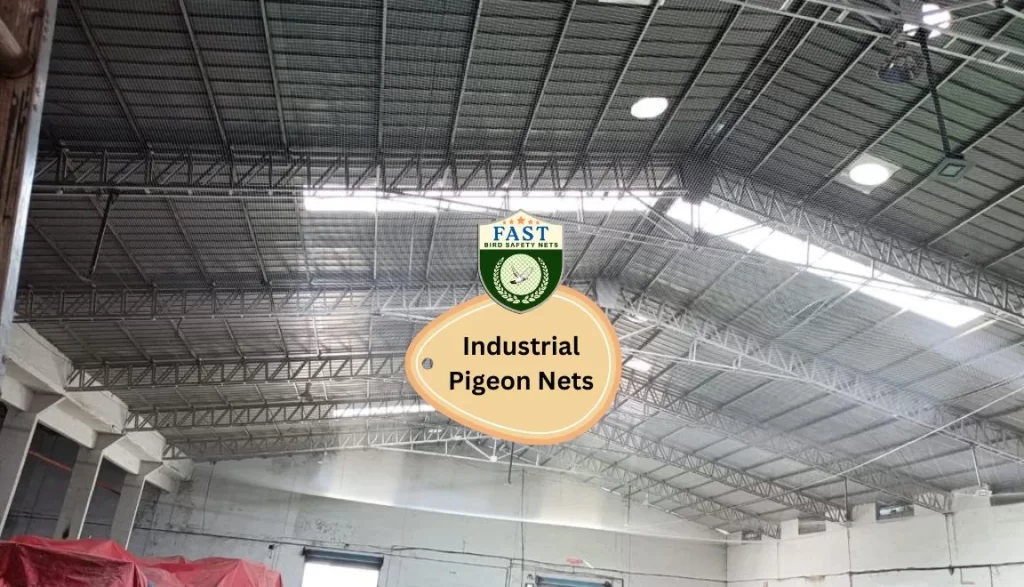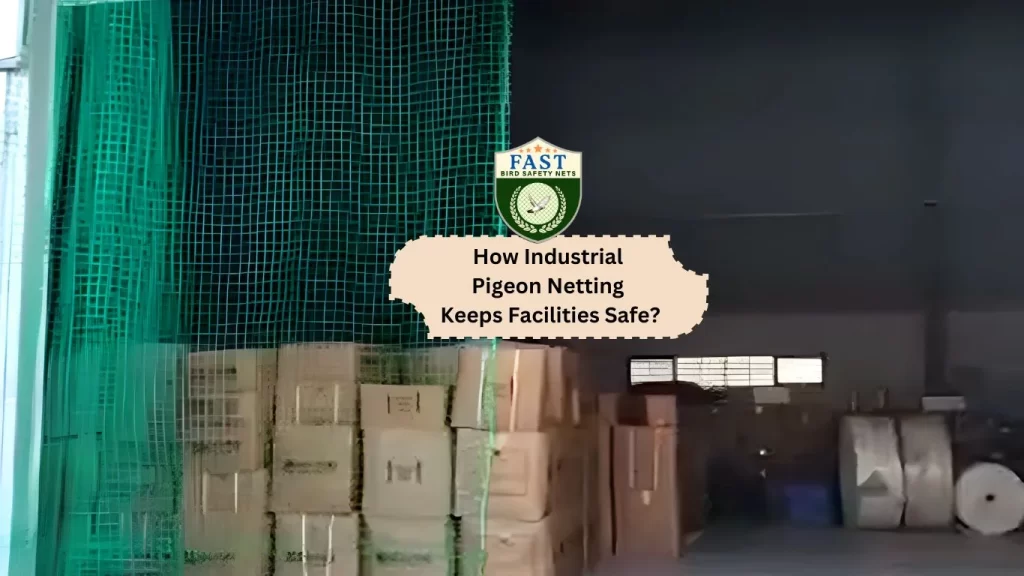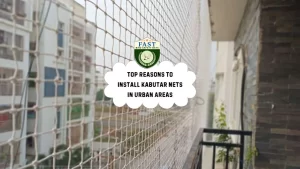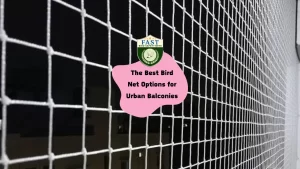Industrial facilities face numerous challenges in maintaining a safe and productive environment. One often-overlooked issue is the presence of pigeons, which can pose significant risks to both the facility and its employees. However, with the implementation of industrial pigeon netting, these risks can be effectively mitigated.

Preventing Health Hazards
Pigeons are carriers of various diseases, including histoplasmosis, cryptococcosis, and salmonellosis, which can pose serious health risks to humans. Accumulated pigeon droppings not only create unsightly messes but also serve as breeding grounds for bacteria and fungi. Industrial pigeon netting acts as a barrier, preventing pigeons from roosting and nesting in areas where their droppings could contaminate surfaces or air quality.
Protecting Equipment and Machinery
Pigeon droppings are not just a health hazard but can also cause significant damage to equipment and machinery within industrial facilities. The acidic nature of pigeon droppings can corrode metal surfaces, leading to costly repairs or replacements. By installing industrial pigeon netting, facilities can protect their valuable assets from the corrosive effects of pigeon droppings, extending the lifespan of equipment and reducing maintenance costs.
Ensuring Workplace Safety
Pigeon droppings are not only corrosive but also slippery, posing a slip-and-fall hazard to employees working in affected areas. Accidents resulting from slippery surfaces can lead to injuries and productivity losses. Industrial pigeon net helps to keep work areas clean and safe by preventing pigeons from roosting on structures and creating hazardous conditions.
Preserving Aesthetic Appeal
In addition to health and safety concerns, the presence of pigeons can detract from the aesthetic appeal of industrial facilities. Unsightly droppings on building exteriors, walkways, and machinery can create a negative impression on visitors and potential clients. Industrial pigeon netting provides a discreet solution to industrial problem, effectively deterring pigeons without compromising the visual appearance of the facility.
Conclusion
Industrial pigeon netting plays a crucial role in maintaining the safety, cleanliness, and functionality of industrial facilities. By preventing pigeons from roosting and nesting on structures, this solution helps to mitigate health hazards, protect equipment, ensure workplace safety, and preserve the aesthetic appeal of the facility. Investing in industrial pigeon netting is not just a matter of convenience but a proactive step towards safeguarding the well-being of employees and the longevity of industrial operations.






